7-Stage Roadmap for Data Science
A comprehensive map with Complete Resouces
One only needs a Road and will to move on it. (Unknown)
Are you eager to start a transformational journey and unleash the wonder of data? If yes, buckle up because we’re about to start the Full Stack Data Science Roadmap, where each project is a problem that has to be overcome and every stage serves as a stepping stone.
But If you are a book wizard, **Here** is my guide to Data Science Books for You! I have covered all the books (With Individual Ratings on different metrics) needed for Data Science from Beginner to advanced levels.
Here are the Topics I will cover in this Post:
What is Data Science?
Data Science vs. ML Engineer vs. Data Engineer
What does a Data Scientist Do?
The Data Science Project Lifecycle
7 Stage Roadmap for Data Scientist with courses and books
Having said that! Let’s deep dive into our Data Science Roadmap.
What is a Data Science?
Data science is a superpower for comprehending information. It all revolves around the use of computers and specialised knowledge to make sense of data, which is just a tonne of information. Consider data as a huge puzzle with parts all over the place. Data scientists are similar to puzzle solvers. To view the broader picture, they take the bits (of data), clean them up, and merge them. To uncover hidden patterns and solutions, they employ mathematical and computational methods.
Simply, data science is the art of finding valuable insights using Statistics, manipulation, visualization and deep learning model creation on the given or extracted data.
Supercool!
Data Science vs. ML Engineer vs. Data Engineer
Three unique professions within the data and analytics industry are data science, machine learning (ML) engineer, and data engineering, each with its emphasis and duties.
A Data Engineer focuses on maintaining data pipelines, data warehouses and data lakes, ensuring data quality and reliability. ML Engineer builds and optimizes machine learning models, integrates them into applications and ensures their production efficiency. Data Scientist performs exploratory data analysis, develop and apply machine learning algorithms and predict decisions based on their findings.
What does a Data Scientist Do?
Data Scientists should have a clear idea of what their responsibilities are.
So, Let’s take an Example project which will explain all of these roles:
Project: Customer Churn Prediction for a Telecommunication Company
The data Engineer sets up the data infrastructure and Extract-Transform-Load (ETL) data from different sources, the ML Engineer builds and deploys the predictive model to make real-time predictions and apply feature engineering to enhance model performance, and the Data Scientist leverages the model’s output to provides actionable recommendations and strategies for retaining customers.
These roles collaborate to create a comprehensive solution that addresses the business problem of reducing customer churn for the telecommunication company.
The Data Science Project Lifecycle
The data science project lifecycle is an organised procedure that data scientists use to develop, generate, and deploy data-driven solutions. It consists of several steps and tasks that assist organisations in extracting insights from data to make educated decisions. The specific processes vary based on the project and organisation, however below is a broad outline of the data science project lifecycle:
Data Preparation
- Most of the time the data we extract or supply for our problem or project is not clean. Therefore, data cleaning and preprocessing are important before exploratory data analysis(EDA). EDA helps in understanding the data’s characteristics and identifying potential relationships between variables.
Model building
- Data scientists build algorithmic models using clean data. While building a model, start with simple algorithms or models like Regression then try complex models such as Neural Networks. Assess the model performance using evaluation metrics specific to the problem such as F1, RMSE etc.
Data Insights
To acquire insights into the situation, interpret the model’s predictions and feature relevance. Data visualisation and clear explanations should be used to communicate findings to stakeholders.
The whole project should be documented, including data sources, preprocessing methods, model information, and findings. Make detailed reports or presentations for stakeholders.
Model Monitoring
- The practice of continually following and analysing the performance of machine learning models deployed in a production setting is known as model monitoring in data science. It entails tracking how effectively the model performs over time, recognising any flaws or deviations from predicted behaviour, and taking appropriate remedial steps. Model monitoring is critical for ensuring that machine learning models retain their accuracy and dependability when they meet fresh data in real-world settings.
7-Stage Roadmap for Data Science
Data Science is a rigorous field but rewards are also amazing!
A person should choose hard ways to test his conscious and unconscious limits.
The stages in this roadmap are organised in logical succession to help newbies become skilled data scientists while taking into account the complexity and interconnection of the skills and knowledge areas involved.
Stage 1: The Foundation
This level focuses on creating a firm foundation by understanding core mathematical principles and obtaining programming expertise, both of which are required for data science.
- Mathematics Fundamentals:
Resource: “Linear Algebra” by Gilbert Strang (Book) and Khan Academy (Online Course).
Resource: “Calculus” by James Stewart (Book) and MIT OpenCourseWare (Online Course).
Resource: “Introduction to Probability” by Joseph K. Blitzstein and Jessica Hwang (Book) and it is also available as course on edx.
2. *Programming Proficiency:*
Resource: “Python for Data Analysis” by Wes McKinney (Book).
Resource: “Python Programming for Beginners” on Coursera (Online Course).
Resource: Corey Schafer’s Python YouTube channel for tutorials.
3. *Data Handling and Exploration:*
Resource: “Data Science for Business” by Foster Provost and Tom Fawcett (Book).
Resource: Kaggle’s “Intro to Data Analysis” (Online Course).
Resource: Data School’s YouTube channel for pandas tutorials.
Stage 2: Data Wrangling
After Foundation there is data wrangling since it is critical to clean, preprocess, and manage data correctly before using machine learning algorithms. SQL and database abilities are covered in this section since they are widely utilised in data retrieval and storage.
- Data Cleaning:
Resource: “Python for Data Cleaning” by Kevin Markham (YouTube Playlist).
Resource: “Data Wrangling with pandas” on DataCamp (Online Course).
2. *SQL and Databases:*
Resource: “SQL for Data Science” on Coursera (Online Course).
Resource: Mode Analytics SQL Tutorial (Online Resource).
Resource: Codecademy’s SQL course (Online Course).
Stage 3: Machine Learning Foundations
After establishing a solid understanding of data processing, students dig into the fundamental concepts of machine learning. Starting with the fundamentals of supervised and unsupervised learning, this level provides the foundation for more sophisticated machine-learning approaches.
Resource: “Introduction to Machine Learning with Python” by Andreas C. Müller & Sarah Guido (Book).
Resource: Andrew Ng’s Machine Learning Course on Coursera (Online Course).
Model Evaluation and Metrics:
Resource: “Hands-On Machine Learning with Scikit-Learn, Keras, and TensorFlow” by Aurélien Géron (Book).
Resource: “Machine Learning” by Stanford University on Coursera (Online Course).
Stage 4: Advanced Machine Learning(Deep Learning)
This level immerses students in machine learning, especially deep learning. It comes after the foundational machine learning stage to ensure that learners have a firm grasp on the fundamentals before moving on to more advanced topics.
Resource: “Deep Learning” by Ian Goodfellow, Yoshua Bengio, and Aaron Courville (Book).
Resource: Fast.ai’s Deep Learning for Coders course (Online Course).
Resource: Stanford University’s CS231n course on Convolutional Neural Networks (Online Course).
Model Tuning and Optimization:
Resource: “Practical Machine Learning for Computer Vision” on Coursera (Online Course).
Resource: Sebastian Raschka’s YouTube channel for machine learning tips.
Stage 5: Data Visualization and Communication
To bridge the gap between data analysis and communicating insights to stakeholders, effective data visualisation and communication skills are provided here. This stage improves the capacity to effectively convey findings.
Resource: “Storytelling with Data” by Cole Nussbaumer Knaflic (Book).
Resource: Datasaurus Rex’s YouTube channel for data visualization.
Communication Skills:
Resource: “Data Points” by Nathan Yau (Book).
Resource: DataCamp’s “Data Science Communication with Python” (Online Course).
Stage 6: Real-World Projects
It is critical to apply information in practical contexts after attaining a strong skill set. Real-world projects give a hands-on experience that reinforces and solidifies previously gained abilities.
- Build Projects:
Apply your skills to real-world data science projects. Start with small projects and gradually work on more complex ones.
Resource: Kaggle (for datasets and competitions).
Resource: GitHub (for hosting and showcasing your projects).
2. Continuous Learning:
Stay updated with the latest trends and research in data science.
Resource: Blogs and forums like Towards Data Science (Medium), Data Science Stack Exchange, and Reddit’s r/datascience.
Resource: Subscribe to academic journals and publications in the field.
Stage 7: Networking and Career Development
Learners in this stage concentrate on professional development and career advancement. As people advance into data science professions, networking, job hunting, and specialisation become increasingly important.
- Networking:
Attend data science meetups, conferences, and webinars both in-person and online.
Resource: Meetup.com (for finding local data science meetups).
Resource: LinkedIn (for connecting with professionals and joining data science groups).
2. Job Search:
Create a strong resume and LinkedIn profile highlighting your skills and projects.
Prepare for interviews by practising technical questions and behavioural interviews.
Resource: “Cracking the Data Science Interview” by Jake VanderPlas (Book).
3. Advanced Specialization:
Consider specializing in areas like Natural Language Processing (NLP), Computer Vision, or Data Engineering based on your interests.
Resource: Specialized courses and books in your chosen domain.
Resource: Online forums and communities dedicated to your specialization.(AnalyticsVidhya)
4. Certifications:
Consider pursuing relevant certifications such as the Google Data Analytics Professional Certificate or Microsoft Certified: Azure Data Scientist Associate.
Resource: Coursera, edX, and Microsoft Learn offer certification programs.
Additional Skills
Final Thoughts
The stages are ordered sequentially, however, it is crucial to remember that learning is an iterative process. As they handle more sophisticated topics and tasks, learners may return to previous stages. Furthermore, continual learning, networking, and remaining motivated are continuing activities that operate concurrently with the other stages of a data scientist’s career.
That’s all, Thank you for reading. Hope you enjoyed learning, Don’t forget to Subscribe to my Newsletter **Here, and get the **DATA SCIENCE MASTERY COURSE OUTLINE.
Happy Learning!

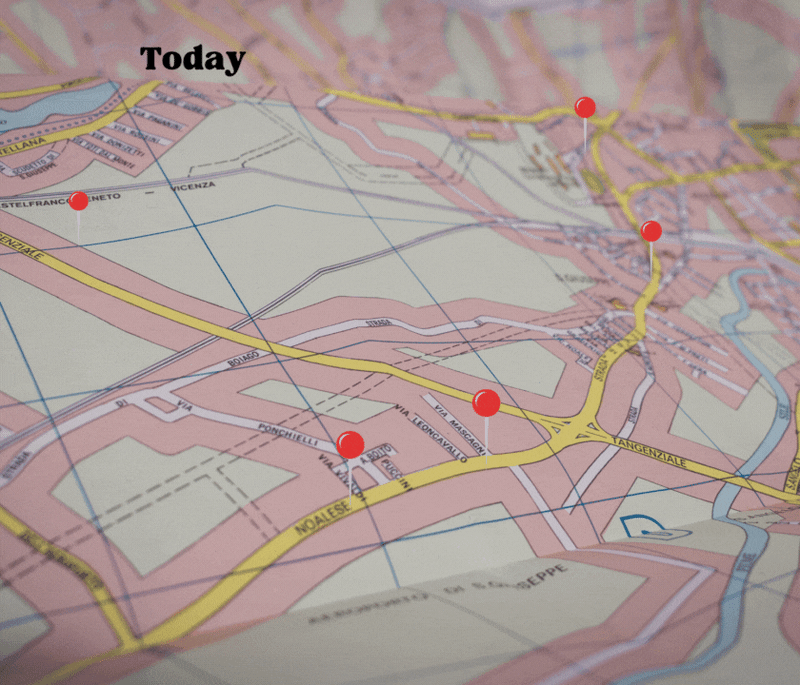
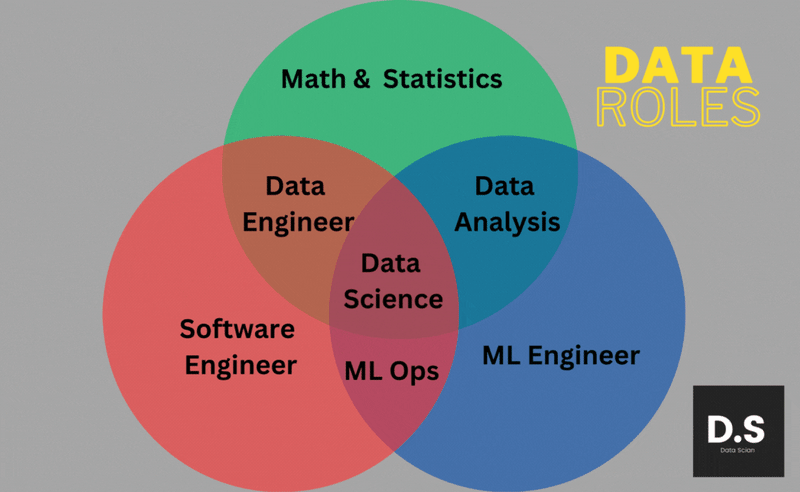
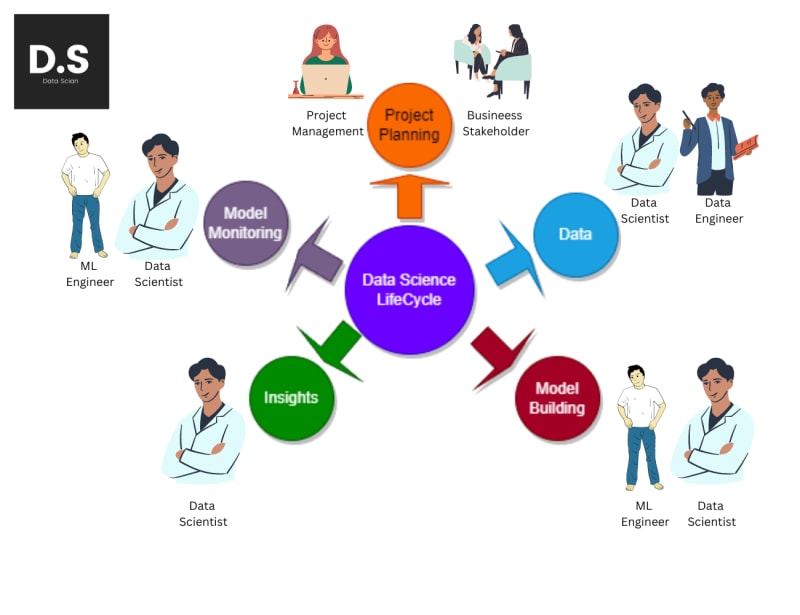
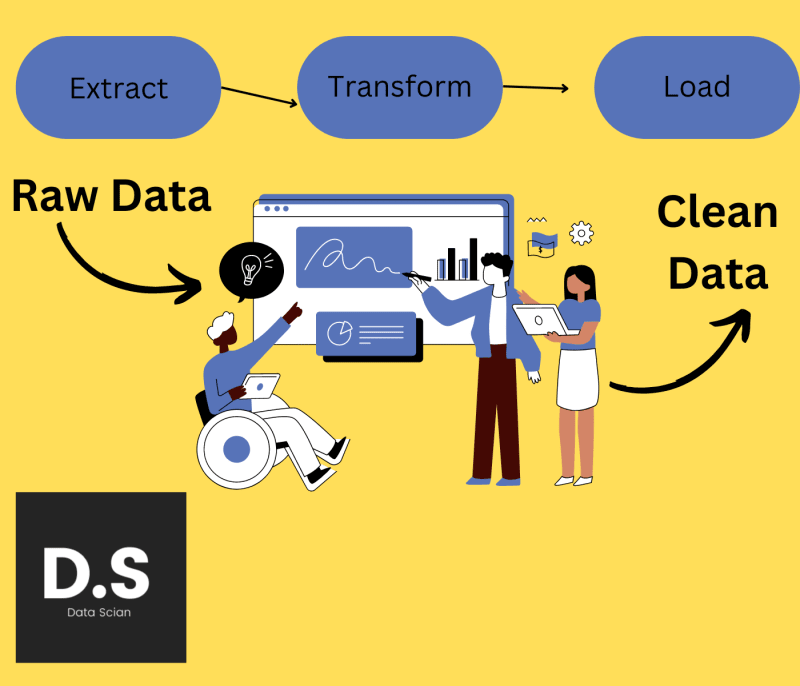
 on [Unsplash](https://unsplash.com?utm_source=medium&utm_medium=referral)](https://res.cloudinary.com/practicaldev/image/fetch/s--vNvKcL3P--/c_limit%2Cf_auto%2Cfl_progressive%2Cq_auto%2Cw_800/https://cdn-images-1.medium.com/max/9916/0%2AEF699FfXEqfNlSGv)
](https://res.cloudinary.com/practicaldev/image/fetch/s--Z6jXjxa1--/c_limit%2Cf_auto%2Cfl_progressive%2Cq_auto%2Cw_800/https://cdn-images-1.medium.com/max/2048/1%2A4DbPSXBTCSKEdjrMKPPW-w.jpeg)
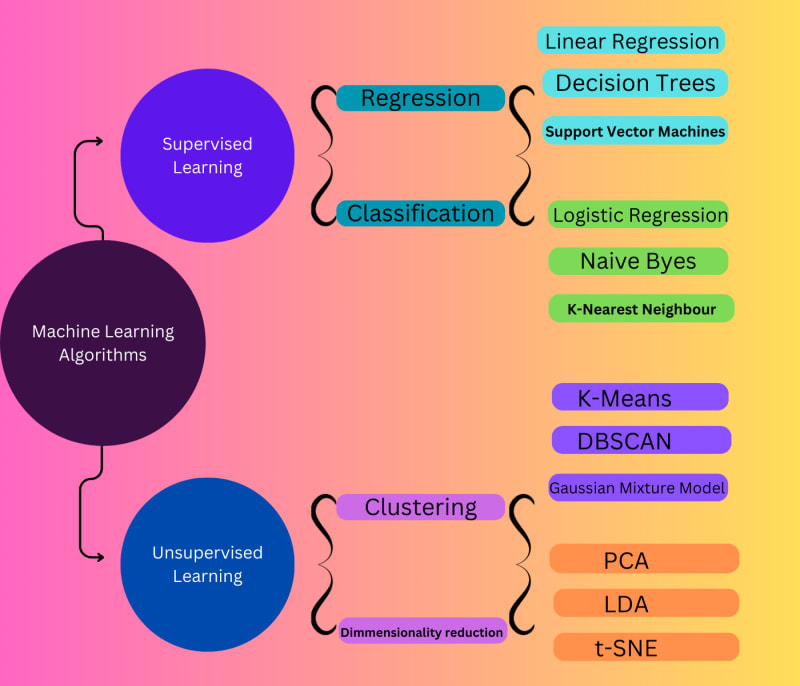
 on [Unsplash](https://unsplash.com?utm_source=medium&utm_medium=referral)](https://res.cloudinary.com/practicaldev/image/fetch/s--w8SPXJh4--/c_limit%2Cf_auto%2Cfl_progressive%2Cq_auto%2Cw_800/https://cdn-images-1.medium.com/max/9620/0%2AwrWeUIsFtF8tkbuv)




Top comments (0)
Some comments may only be visible to logged-in visitors. Sign in to view all comments.